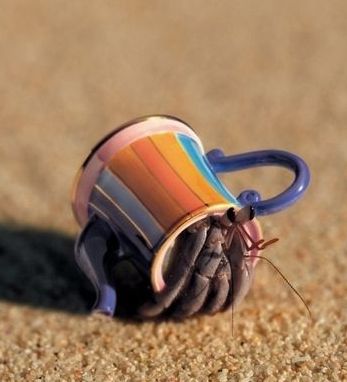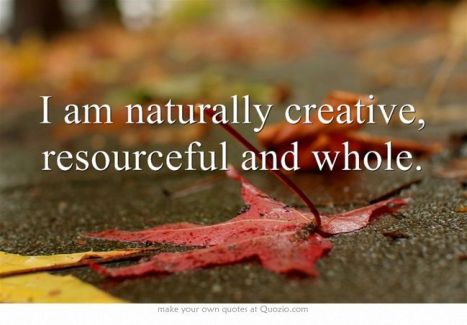Hello, my name is Tanya and I’m a fixer.
Solving problems, or problem-fixin’, is a skill of mine. I mean, solving problems is a good thing right? In life and in work, you get things done and move on to the next project or program or, dare I say (gulp), problem. Shoot….even my friends and community have loved my problem-solving skills because I easily offered solutions to whatever they were going through. I saw it as “mentoring” but really, it was “fixing.” And I really needed to step out of the fixer role. Let me explain.
It was through coaching and my work with Girls For a Change (GFC) where I learned a basic and absolutely life-changing way to be with people and communities. This was a vision for seeing people as naturally creative, resourceful, and whole.
In this capacity, I coach GFC volunteers who work with teen girls around a social change project. A key component of our curriculum is learning about what community resources are available for the girls BEFORE any kind of community issue is discussed.
Recently a volunteer asked me, “how can we talk about resources in a community without first talking about what’s wrong with the community?” Or how can we talk about a solution before discussing the problem? I completely get where she was coming from.
My answer: Having the perspective that a community is naturally creative, resourceful, and whole allows us the opportunity to see the community as capable and resourceful to begin with (aka, asset-based). In other words, what are our strengths before we discuss (or stress about) our problems?
When seeing our community as lacking or with a perspective of “scarcity” we view the community as fragile and inherently problem-based; already poor rather than sufficient as it is. Scarcity is that feeling that we are lacking because we don’t have enough, we are insufficient; however, “sufficiency isn’t an amount at all. It is an experience, a context we generate, a declaration, a knowing that there is enough, and that we are enough.” (Brown, (2010). The Gifts of Imperfection. pg 83).
The same experience with communities applies to how we are with individuals. If you constantly offer solutions to people’s issues, how are you allowing them the opportunity to trust themselves and their choices and actions?
Just as Glinda the Witch tells Dorothy, “You’ve always had the power…”
Seeing a person and a community as naturally creative, resourceful, and whole sees them as capable. Capable of figuring out what is best for them through action, choices, and learning. The opposite is seeing a person and community as fragile and dependent, someone and something that we are compelled to fix. We then become problem-solvers who have to fix whatever is wrong or dysfunctional rather than possibilitists (yes, I made this word up) who see possibility, use curiosity, and assume resourcefulness is already there, naturally. Imagine the amazing cool possibilities from the perspective of natural resourcefulness rather than one of scarcity. Whoa.
For you personally, why not create change from a place of possibility and know that you have exactly what you need rather than searching for a fix from the outside? Wouldn’t it be awesome to know that you can trust yourself to be fully capable of solving whatever comes your way?
Four practices to shift from “scarcity” to “naturally creative, resourceful, and whole”
- Acknowledge Fear
Scarcity comes from fear of not having enough. When that fear creeps up, acknowledge the fear: “I am feeling vulnerable. That’s okay.”
(Brown, (2010). The Gifts of Imperfection. pg 84). - Practice Gratitude
After acknowledging the fear, practice gratitude with: “I am grateful for ____________________.” (Brown, (2010). The Gifts of Imperfection. pg 84). - Assume Capability
Practice the assumption that everyone and every community is capable, naturally. What shift do you notice? - Be Open to All Resources
Be open to anything around you being a resource (to use for a social change project, at work, or any goals or projects you have in mind). If you get stuck on something, ask yourself, “how would be a resource for someone else? What’s possible?”
I still have tendencies toward problem-solving. I mean, I am a helper, but shifting to the stance of seeing people and communities as naturally creative, resourceful, and whole allows for a foundation of shift and change in myself and in others. I see how standing in that perspective every day affects my clients, volunteers, and girls who are creating amazing change in their communities.
To learn more about Girls For A Change and what projects our girls have completed, please go to: http://www.girlsforachange.org/what/team_projects.htm
Learn more about vulnerability, scarcity, “being enough” and Brene Brown via her website: http://brenebrown.com/



Pingback: Miscellany for your Weekend // Nº 044 | The Girl Who Knows